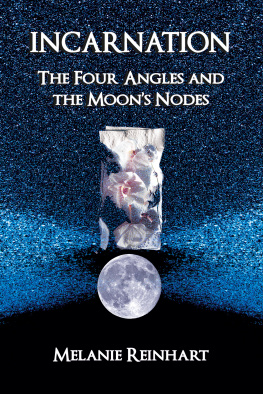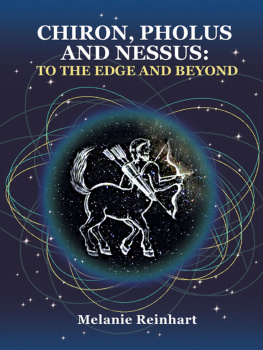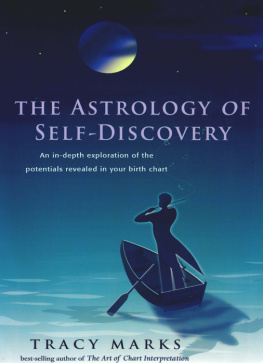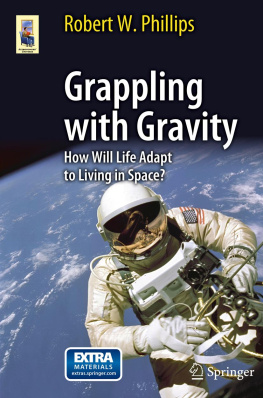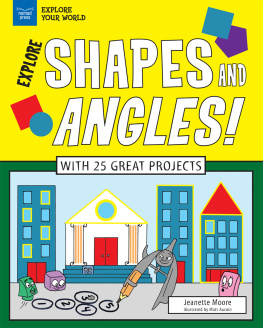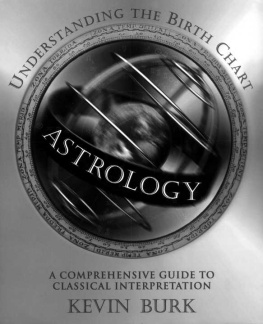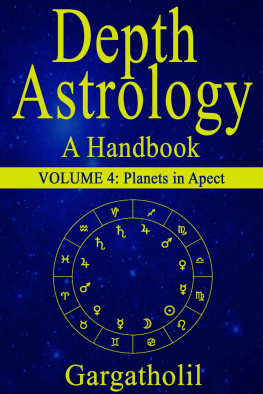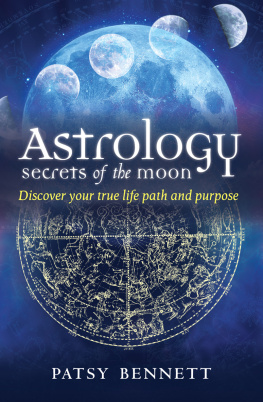ENDNOTES
Part One The Four Angles
- The reader is invited to follow these exercises, using the instructions in the text, in order to experience the resulting sense of physical orientation and alignment. In the class the exercise was done slowly and contemplatively, in order to give the body time to sense the energy of the alignments being explored, and the mind time to grasp the conceptual model of it.
- See Vision of the Sun King, Robin Whitlock, in Quest magazine, Vol.1, Issue 3, p.66. The main door of a Christian church usually faces west, where the baptismal font is situated, traditionally of octagonal design.
- See for example The Orion Mystery: Unlocking the Secrets of the Pyramids, Robert Bauval and Adrian Gilbert (William Heinemann, London, 1994), concerning the alignment of the Great Pyramid to the stars in the constellation of Orion, said to represent Isis and Osiris. Also, for the well known alignment of Stonehenge with the Sun and Moon, see the work of Robin Heath in Sun, Moon & Stonehenge, Bluestone Press, Cardigan, 1998.
- Robin Whitlock, op.cit., p.66. See also The Sun, Richard Moeschl, in The Mountain Astrologer, Aug-Sept 1995, p.32ff.
- The Astrological Houses, Dane Rudhyar, Doubleday and Co., New York, 1972.
- Beyond the Brain: Birth, Death and Transcendence in Psychotherapy, Stanislav Grof, SUNY Press, 1985.
- A Students Text-Book of Astrology, Vivian E. Robson, B.Sc., Cecil Palmer, London, 1922, pp.6884.
- Dane Rudhyar, op.cit., pp.1212.
- Emanuel Swedenborg (1688-1772) founded the New Jerusalem Church, inspired by a vision of the plurality of worlds, which was a departure from mainstream Christianity. His magnum opus was titled Arcana Caelestia, translated into English in 1787. As late as the 19th century, men of science were asserting notions of extra-terrestrial beings, but this visionary dimension was gradually edited out of the common knowledge of what such men were thinking.
- Astrologik , Antero Alli, Vigilantero Press, Seattle, 1990, p.28.
- See The Moment of Astrology, Geoffrey Cornelius, Arkana, London, 1994. New edition published by The Wessex Astrologer, 2005.
- See Saturn, Chiron and the Centaurs: To the Edge and Beyond, Melanie Reinhart, Starwalker Press, London, 2011, pp.184- 91, and also Interface, Nick Kollerstrom, Ascella Publications, London, 1997, pp.45-55.
- Tables of Planetary Phenomena, Neil F. Michelson, ACS Publications, San Diego, 1990.
- See Retrograde Planets: Traversing the Inner Landscape, Erin Sullivan, Arkana, London, 1992.
- To participate in the exercise described, consider recording the material so that the listening pace can be modulated by using the pause function. As guided imagery work draws strongly on right brain (intuitive) functions, the recording should not be listened to casually, while driving, or in situations that require a predominantly left brain (logical and practical) modality.
Part Two The Nodes of the Moon
- My grateful thanks to Fiona Griffiths, Head Tutor of the Faculty of Astrological Studies, for an enjoyable discussion about the Nodes, and to Robin Heath, Editor of the Astrological Journal (1995-8), for his diagrams, helpful information and astronomical input.
- In the UK, DIY is an abbreviation for Do It Yourself.
- Thanks to Robin Heath for offering helpful information on this question.
- See
- See Appendix I, p.251.
- Sun, Moon & Stonehenge, Robin Heath, Bluestone Press, Cardigan, 1998.
- See also Part One of this volume, pp.14-21, for a description of the physicality of the symbolism of the four angles as depicted on the circular horoscope.
- For a full exploration of this theme, see Retrograde Planets: Traversing the Inner Landscape, Erin Sullivan, Arkana, London, 1992.
- This theme is explored in some depth in Saturn, Chiron and the Centaurs: To the Edge and Beyond, Melanie Reinhart, Starwalker Press, London, 2011, pp.151-6. The reader is also referred to the work of Francis J. Mott, specifically The Nature of the Self (2012) and Mythology of the Prenatal Life (2014), both published by Starwalker Press.
- See also Part One, p. 23-4, where the symbolism of the Ascendant/Descendant axis is discussed.
- New Mansions for New Men, Dane Rudhyar, Servire, The Hague, 1971, p.103ff.
- At the time of revising this text, India was poised to create a new hypersonic weapon which has been specifically and deliberately linked to the mythic image of the Sudarshan Chakra. See.
- Draconic Astrology, Pamela Crane, Shoestring Publishing, Faversham, UK, 1994, pp. 35-6. (New edition by Flare Publications, 2013.) She quotes Cyril Fagan, Zodiacs Old and New, reprinted 2011 by Literary Licensing.
- A Collection of Emblems, Ancient and Modern, George Wither, London, 1635, p.102. (Reprinted by Kessinger Publishing Co, 2003.) The picture is of a plate engraved by Crispin de Pass and son, first used in Gabriel Rollenhagens Nucleus emblematum selectissimorum, Arnhem and Utrecht, 1611-13.
- See The Sirius Mystery, Robert K.G. Temple, Futura Publications, London, 1976.
- Sufi: Expressions of the Mystic Quest, Laleh Bakhtiar, Thames and Hudson, London, 1976, p.45.
- The Astrology of Personality, Dane Rudhyar, Servire, The Hague, The Netherlands, 1963, pp.316-22.
- Thanks to Geraldine Hallett for this image.
- Astrologik, Antero Alli, Vigilantero Press, Seattle, 1990, p.200-4.
- The Psychology of AstroCartography, Jim Lewis with Kenneth Irving, Arkana, London, 1997.
- See also Part One of this volume, p. 94-7, on sensitised degrees.
- An Astrological Mandala, Dane Rudhyar, Vintage Books, New York, 1973.
- Rudhyar, ibid., p.85ff.
- Rudhyar, ibid., p.145ff.
- Rudhyar, ibid., p.264ff.
- Pamela Crane, op.cit..
- Thanks to Joyce Hopewell of the English Huber School, Cheshire, UK, for computing this chart.
- Bruno and Louse Huber, Moon Node Astrology, Samuel Weiser, Inc., York Beach, ME, 1995, p.135.
- See Appendix II, p.252-3.
- Matthew 16:18.
- Finding Our Way Through the Dark, Demetra George, ACS Publications, San Diego, 1995.
- See p.158, details at n30.
- See Saturn, Chiron and the Centaurs: To the Edge and Beyond, Melanie Reinhart, Starwalker Press, London, 2011, pp.125-34, for a fuller exposition of this mythic image.
- In order to participate in this exercise, it is recommended that the reader either record the instructions first, or enlist the help of a friend to do the exercise. The recording should not be listened to while driving or doing any other activity.
- The personal sharing at the end of this seminar was not transcribed.
Dedicated to the presence of all those astrologers, both known and unknown to me, some of whom have moved on from this Earthly incarnation, whose dedication helps to form the substance of our tradition.
In particular, I offer gratitude to the following people with whom I had the privilege of studying, or meeting personally, and whose lifes work immeasurably enriched my own studies in astrology and related disciplines.
Dane Rudhyar
John Addey
Howard Sasportas
Brian Clark
Richard Aisbitt
Charles Harvey
Liz Greene
Rob Hand
Geoffrey Cornelius
Jim Lewis
Joyce Collin-Smith
Heidi Langmann
Christina Rose
Ian Gordon-Brown
Barbara Somers
Fazal Inayat Khan
Frieda Kroeger
Paddy Genner
Sitara Brutnell
Betty Hughes
Starwalker Press


